- The Performers
- Posts
- How to Sell to the Rich: 8 Frameworks That Work
How to Sell to the Rich: 8 Frameworks That Work
The Psychology of Selling Expensive Things
What's up, Marketers! This is Aazar.
This newsletter focuses on enhancing your paid growth marketing skills by examining top brands' strategies, tactics, positioning, and value propositions. It includes insights I've gained, lessons from other performance marketers, and analyses of the best online ads.
I analyzed 1,000+ winning video ads that stayed live for 30+ days across 7-, 8-, and 9-figure Meta accounts.
14 months of research. 50+ hours analyzing every hook, visual, and psychology trigger.
Here's what I discovered:
The highest-performing video ads follow 9 core principles that most marketers completely miss:
→ The hook type that outperforms everything else (it's not what you think)
→ Why certain word choices stop thumbs mid-scroll
→ The visual pattern that dominates high-spend accounts
→ The storytelling approach that wins 9 times out of 10
→ How top brands structure their first 5 seconds
The data reveals patterns you can copy immediately. No matter your budget or niche.
I've turned this into a complete video guide with real examples from brands spending $1.5M+ monthly.
I've been running paid ads for premium brands lately, and one thing keeps standing out: the rich don't buy like everyone else.
They scroll differently. They decide differently.
And the ads that work for them feel different, too.
It's all about how the ad makes them feel.
I started noticing a pattern while working on expensive products for my clients.
Then I started seeing the same thing everywhere. The ads that convert the wealthy all have one thing in common.
They don't sell the product. They sell proof of taste. They sell status.
Caveat: I want to make it clear here.
This audience buys from their friends.
This audience buys from the influencers they trust.
This audience buys items that are in limited quantity or have restricted access, like a Ferrari.
This audience buys what’s trending and seeks to be among the first to have it.
But ads also work for them if you resonate with them.
I studied dozens of these ads and broke them down into repeatable patterns. If you sell anything expensive, or plan to, this will show you exactly how the best do it.
1. Product Demo (Romanticized)
Let's start with the obvious one: the product demo.
Every premium brand uses it. But they do it differently. They don't just show the product. They romanticize it.
There are usually two versions:
With a human: Someone using it naturally or demonstrating it. Not posing, not hard-selling. Just living it..
Without a human: The product becomes the hero. Perfect lighting. Clean sound. Every detail looks intentional.
The goal here isn't to explain. It's to make you feel the product's quality.
Think of it like this: If a budget brand shows how it works, a premium brand shows how it feels to own it.
The visuals are slow. The sound is satisfying. The texture feels almost tangible through the screen. Everything screams "crafted," not "mass-produced."
Why it works:
Visual credibility: you can't fake the feel of premium materials
Subtle envy: it makes you want to touch, feel, and own it
Effortless energy: no pushy voiceovers, no loud text, just quiet confidence
What you can apply:
Don't overexplain. Show how it feels to use
Use the right lighting, movement, and sound to make your product feel worth twice the price
Let the product's quality speak through sensory details
2. Unbelievable Demonstration
This is where most "wow" moments happen. The ad doesn't just show what the product does. It makes you question how it's even possible.
It's the kind of demo that makes you pause mid-scroll. You rewatch it just to check if it's real.
These aren't exaggerated claims. They're visually unbelievable. The product does something rare, extreme, or beautifully unexpected.
A sauna heats up in seconds.
A home gym setup that looks too clean to be real.
A luxury car gliding silently through snow at 30 degrees below zero.
It's about controlled exaggeration: showing the product in its most cinematic moment.
Why it works:
Curiosity: sometimes you have to watch it twice
Credibility through performance: the product's capabilities speak for themselves
Story in one shot: no narration needed when the visual makes your point
What you can apply:
Find that one thing your product does better than everyone else, then dramatize it
Make it look like it bends expectations
Turn a simple demo into an unbelievable demonstration
3. Effortless Luxury (Ease Signaling)
This pattern reframes luxury as simplicity. No hard sell, no show-off. Just a quiet "I've earned it."
Blacklane nails this. I recently spoke to the marketer who created these ads, she says they are crushing it!
Their ads make premium feel practical.
The characters look calm, schedules in control, lives unhurried. The visuals whisper: "You can afford ease."
They’re not showing extravagance. They’re just removing friction from life.
This ad above is crushing it according to the marketer who is running it. I confirmed from them.
Why it works:
Psychological safety: premium buyers want less friction, not more features
Everyday relatability: it shows luxury in normal routines, not extravagant escapes
Identity signal: "I'm not showing off, I'm just living better"
What you can apply:
If your audience is sophisticated, tone down the luxury cues. Make premium feel effortless
Show comfort, not cost. Ease is the new status symbol
Focus on what your product removes (stress, hassle, worry) rather than what it adds
I’d like to thank Atria AI to constantly supporting this newsletter so that I could share my passion for ads and insights that could help you win.
Atria AI offers an excellent swipe file, Chrome extension, creative analytics, asset management (similar to Air), and a competitor tracking tool to help you scale ad accounts.
The best part recently? I receive new headline and image ideas weekly, free of charge.
It's as if an ad creative strategist provides me with visual and copy ideas.
It's one of the few software solutions I can fully support and endorse.
4. The Long-Form VSL
This one's a classic: the long-form video sales letter.
But when premium brands do it, it doesn't feel like a pitch. It feels like a story.
Usually, it's founder-led, testimonial-driven, or told through a believable creator.
Someone credible walks you through the product: why it exists, what it solves, how it changes their life. There's pacing, emotion, and calm confidence.
Sometimes, you could use full-blown YouTube reviews. A person talking about their experience and sharing the outcome, all while building trust and curiosity.
The story carries the sale.
Why it works:
Trust transfer: the viewer feels like they're hearing from someone real
Emotional connection: the story replaces price with belief
Time signal: longer videos make the product feel considered, not impulsive
What you can apply:
Don't rush to sell premium products in 20 seconds. Give your audience time to trust you
If your story is strong, attention will follow
Let the narrative build naturally instead of forcing a quick close
5. Lifestyle Ads
This is where premium brands truly shine. They don't sell the product. They sell the life that comes with it.
The visuals are clean, aspirational, and calm. A beach house. A morning coffee by the lake. A gym that looks like a private studio.
You rarely hear a voiceover. No one lists features. It's just moments of what it feels like to live there.
What's smart is how subtle these ads are. They never shout luxury. They imply it.
The product becomes a part of a lifestyle you already desire, not the reason for it. It blends into the story like it naturally belongs.
Why it works:
Aspiration over explanation: you buy the feeling, not the function
Identity match: the ad sells who you want to become, not what you want to own
Social proof through context: the environment signals status without needing a logo
What you can apply:
Show the world your product lives in, don't just tell people it's high-end
Let the visuals prove it. Rich buyers purchase alignment, not just items
Make the product feel like a natural part of the aspirational lifestyle
This one's sneaky and powerful. Because this speaks to the subconscious.
Premium ads use backgrounds that imply status.
A marble countertop. A designer living room. A quiet mountain house. Even the lighting feels expensive.
These are deliberate signals.
Everything in the frame tells you, "people like this use products like that."
Why it works:
Context equals credibility: a beautiful setting instantly raises perceived value
Status mirroring: the viewer sees the life they aspire to and connects the product with it
Effortless persuasion: nothing is said, but everything is implied
What you can apply:
Think beyond the product. Where it's shown matters as much as how it's shown
Use settings that signal the lifestyle and status your buyers aspire to
When people can picture themselves in that world, they start wanting the product automatically
7. Heritage & Legacy
This pattern leans into craftsmanship, tradition, and the story behind how something is made.
It's about reminding you that what you're buying has roots.
You'll often see shots from history, clips of old workshops, hands polishing materials, or quiet moments that show time and care. These are about timelessness.
When brands show heritage, they're not selling a product. They're selling trust across generations.
It tells the buyer, "This isn't a trend. It's a legacy."
Why it works:
Emotional durability: you feel like you're buying into history, not just utility
Justified price: time and craftsmanship signal value that can't be discounted
Identity anchor: people want to associate with things that have stood the test of time
What you can apply:
If your brand or product has a backstory, tell it
Show where it came from, who built it, and what makes it last
Use history as proof of quality for premium buyers
8. The Desirability Effect
Selling premium is about association.
When someone desirable touches, wears, or experiences your product, it instantly feels good. Viewers subconsciously think, "If it fits them, it fits my version of success."
This is why so many luxury brands use people who appear effortless, magnetic, or charming. They're not always celebrities. Sometimes they're just the kind of person others want to be around.
Why it works:
Visual aspiration: the right person sells emotion faster than words
Halo effect: attractiveness and charm transfer credibility to the product
Identity shortcut: the product becomes a proxy for personal appeal
What you can apply:
If your product is premium, show it in the hands of someone aspirational
They don't need to speak much. Their presence does the selling
Desirability sells not because of beauty, but because it makes the product feel wanted
Key Takeaways
Selling to the rich isn't about showing luxury. It's about showing meaning.
Premium buyers respond to cues (visual, emotional, and social), not urgency or discounts.
Every frame, tone, and pause in your ad sells something.
Make it feel premium before the logo even shows up.
Sell belonging, not just buying.
Sell belief, not features.
Show comfort and ease, not just cost. Effortless luxury signals true status.
Don't advertise status. Let the context, setting, and associations imply it.
Let credible voices tell your story. Trust transfers faster than features explain.
The right face can improve your product instantly through association.
The rich don't buy price tags. They buy proof of taste.
Happy Growing with Paid Social,
Aazar Shad
Four ways I can help you, whenever you are ready:
Work with me to get you growth from paid marketing. Book a call here. I’m open to more clients now.
Level up your paid marketing by joining my community, where we share the latest tactics and get nuanced paid marketing questions answered here (we are now 92+).
Promote yourself to 15,000+ highly qualified paid marketers by sponsoring this newsletter. Advertise here.
If you’re looking to level up your creative ad strategy, check out our bootcamp recordings and resources on-demand, only for $197. Prices are going up by 30% soon. Simply pay here, I’ll send you a follow-up email immediately.
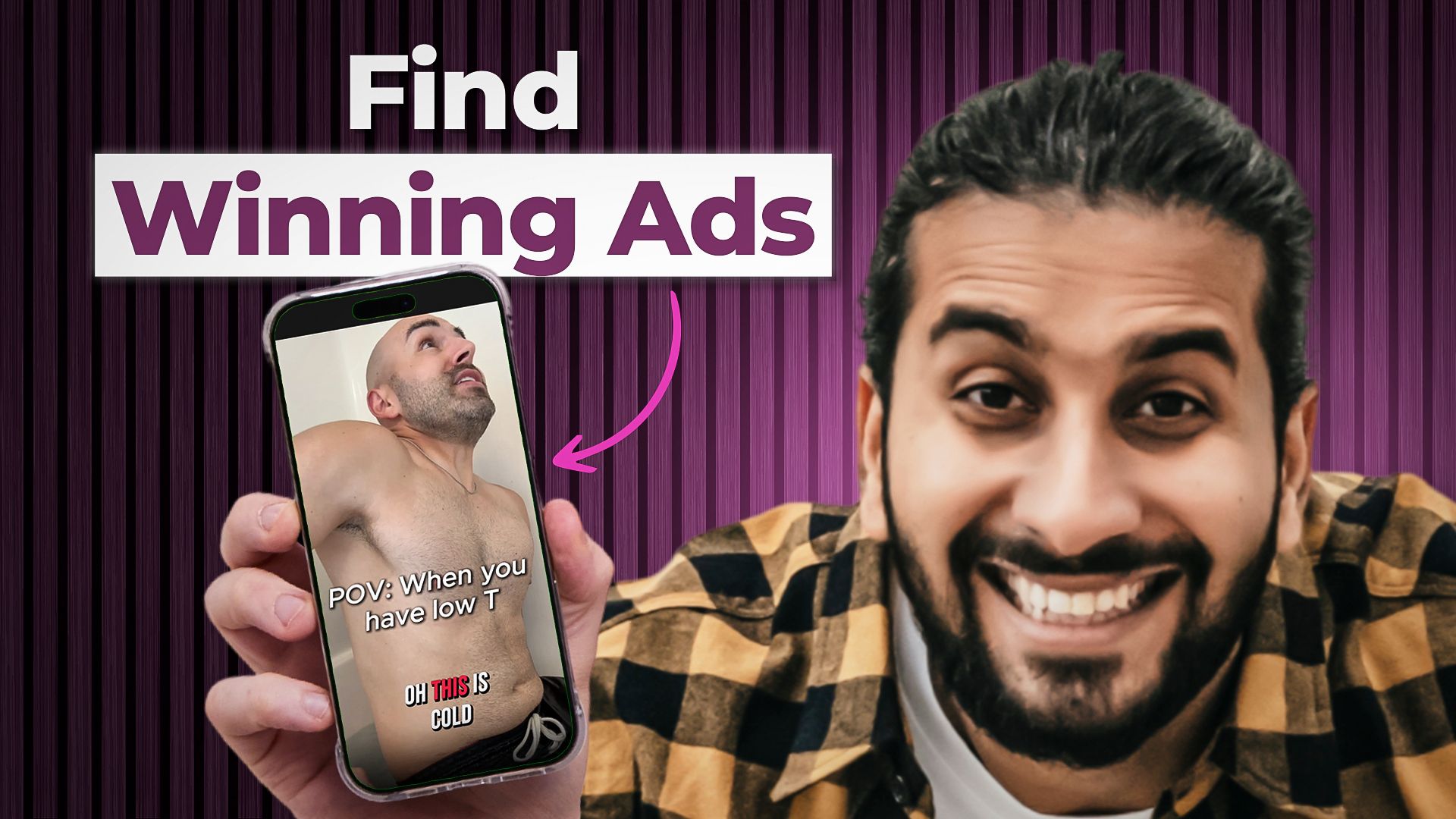
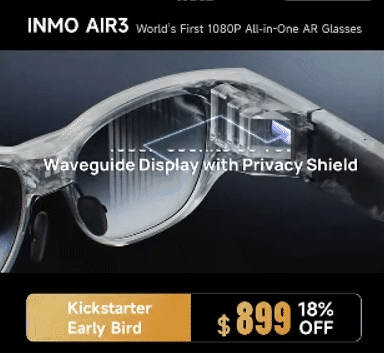
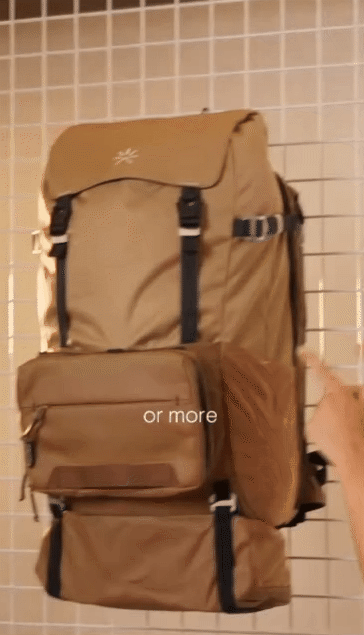
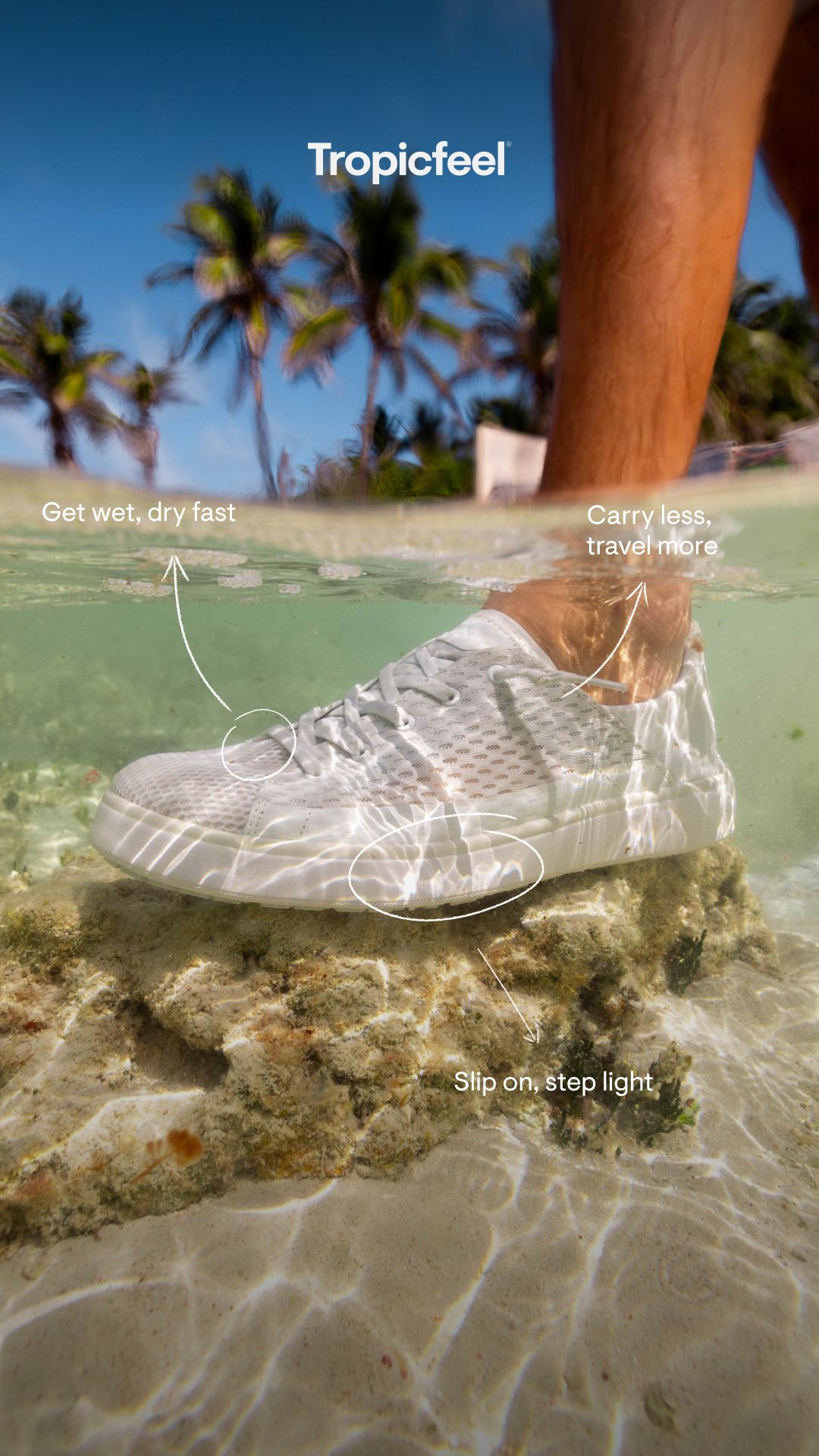
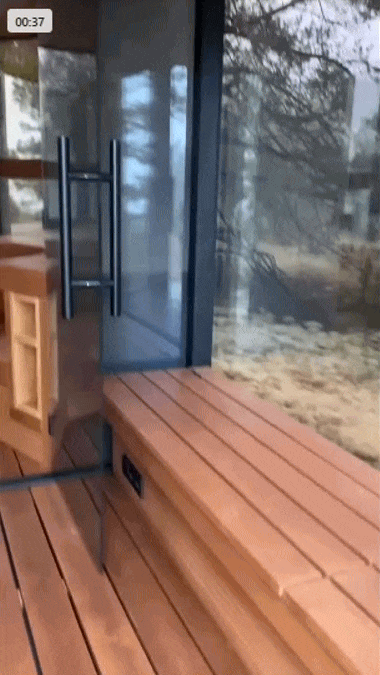
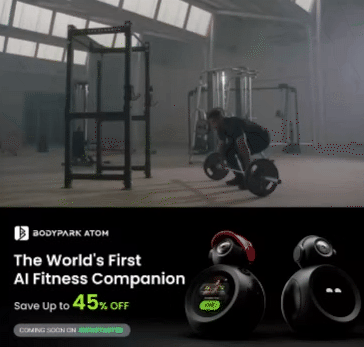
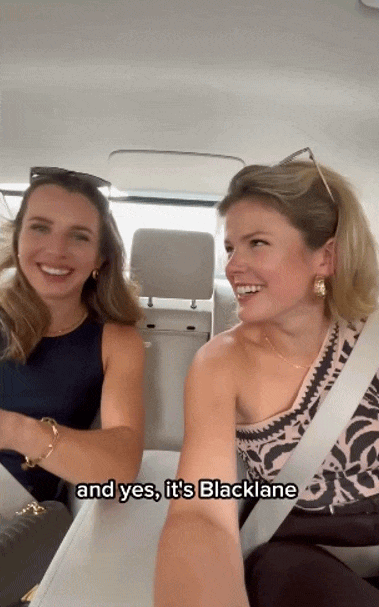
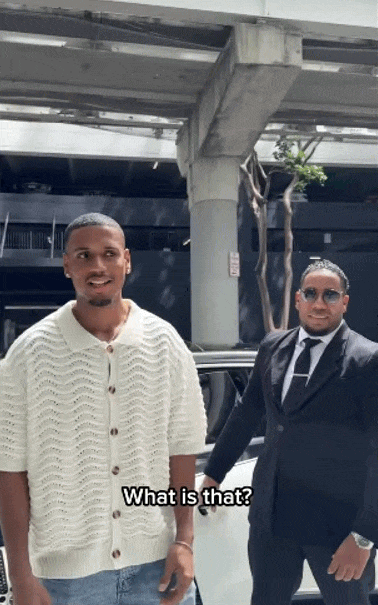
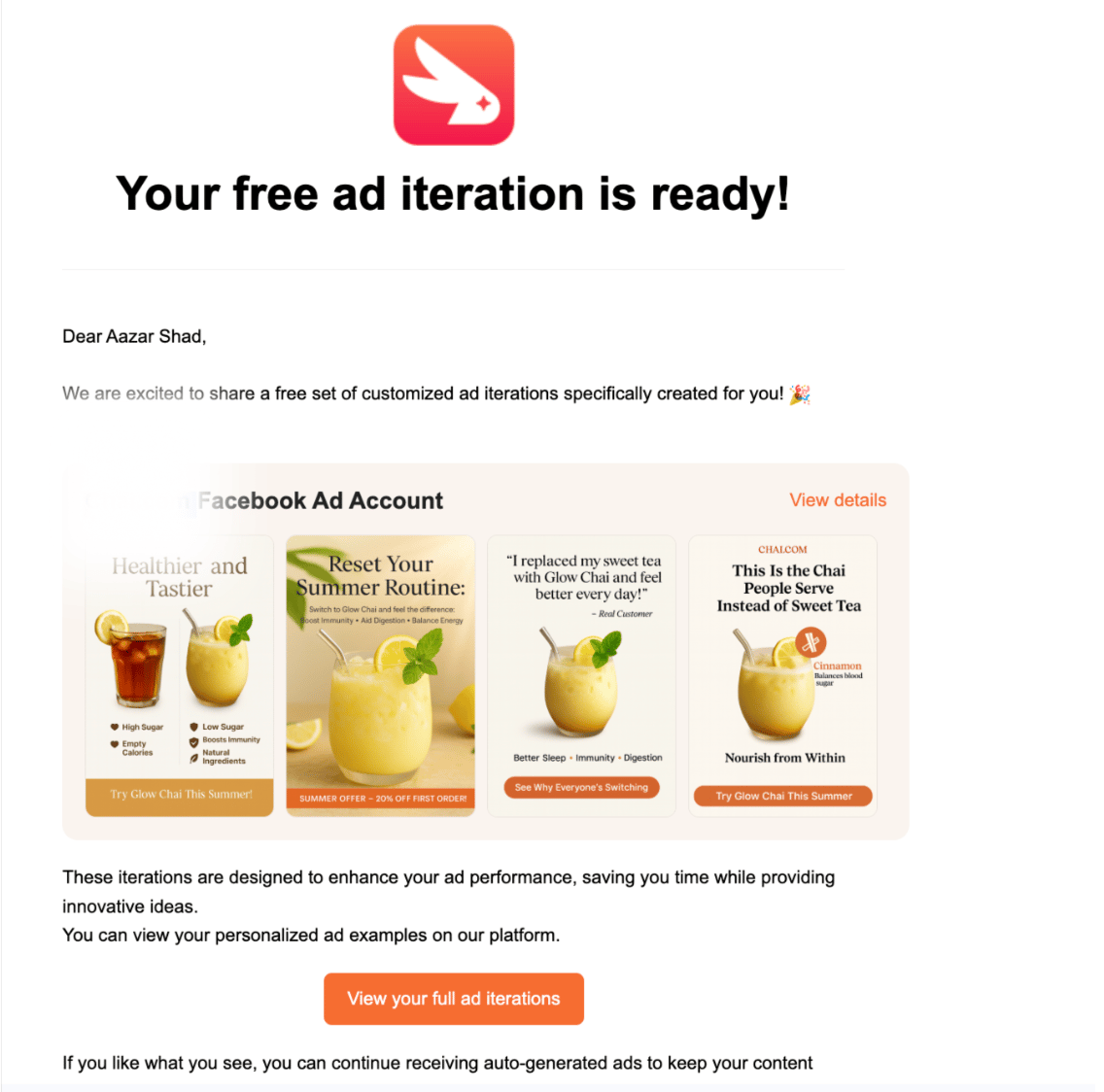
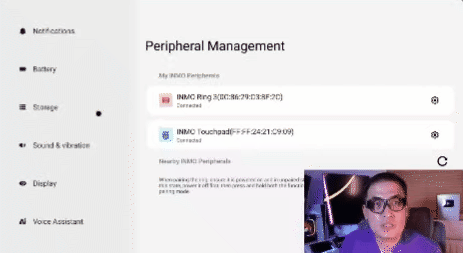
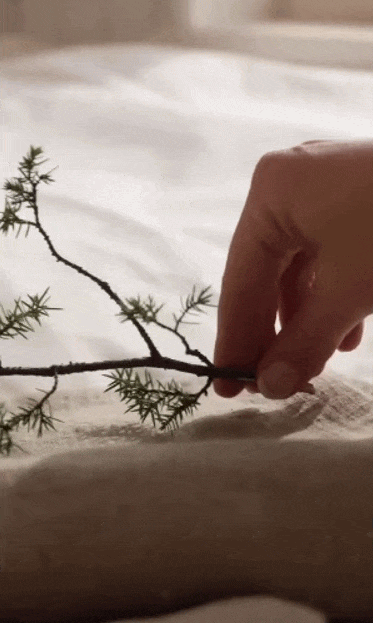
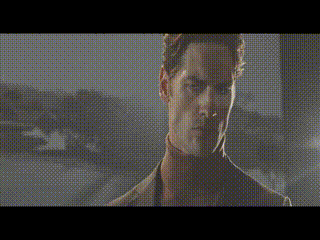
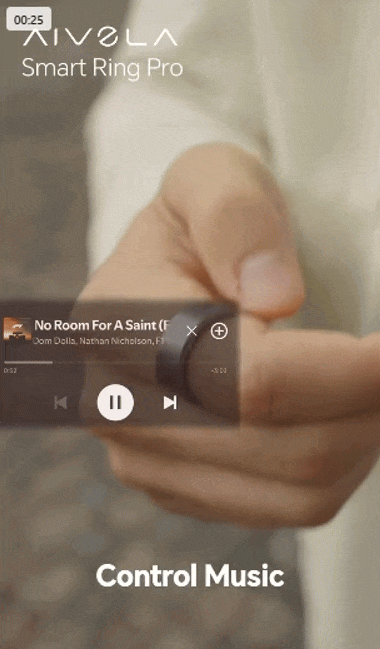
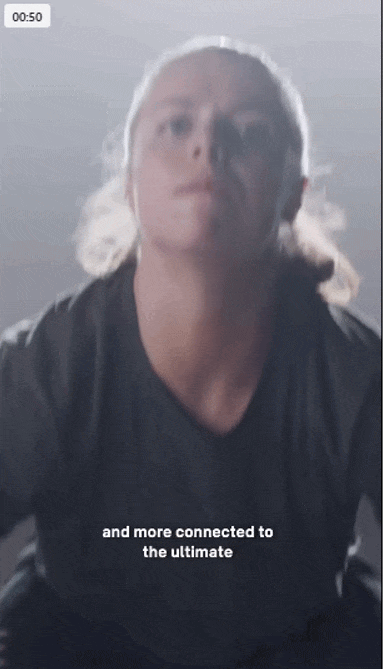
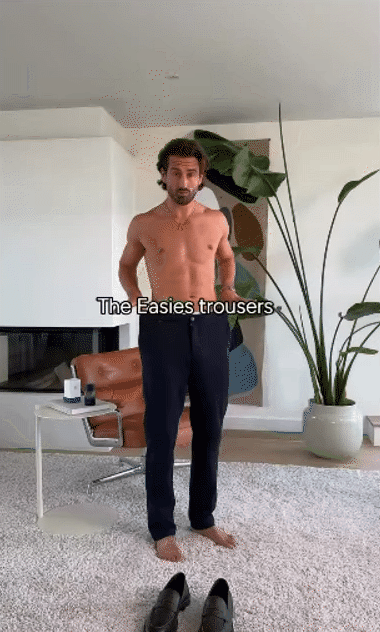
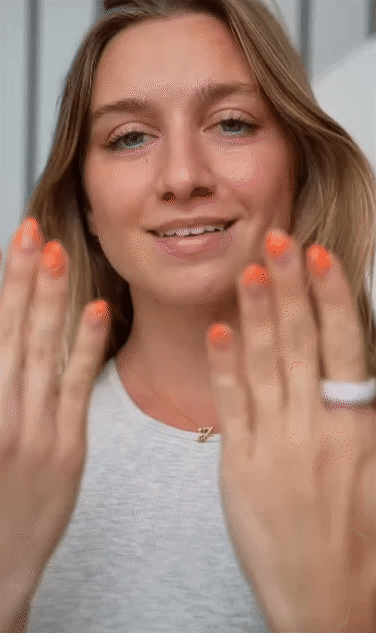
Reply